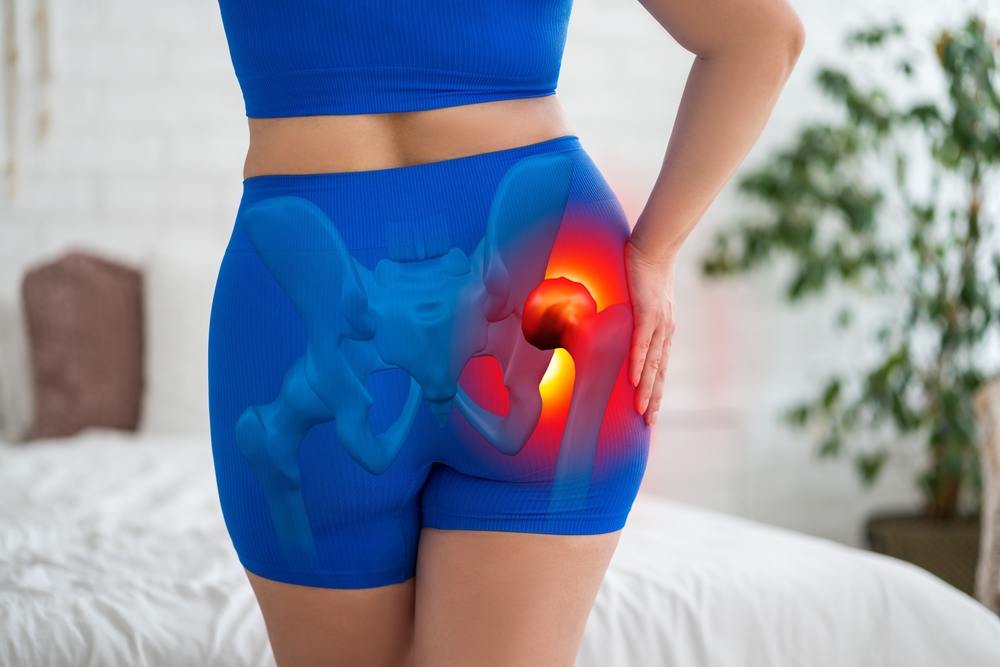
Hip discomfort can sneak up gradually, but it often signals something more serious than aging. Many people dismiss early hip issues as temporary soreness or stiffness. However, those subtle symptoms may be early warnings of hip osteoarthritis. Recognizing these signs early can help prevent long-term damage and keep you mobile and pain-free.
At Union County Orthopaedic Group in Union, NJ, our board-certified orthopedic specialists provide expert diagnosis and treatment for many orthopedic-related issues, including all stages of hip arthritis. With over 50 years of serving Union County and surrounding communities, our practice offers on-site imaging, physical therapy, and immediate access to orthopedic surgeons when needed.
1. Hip Pain That Worsens with Activity
One of the most common early signs of hip osteoarthritis is discomfort during or after movement. While pain may start off mild, it typically increases with repetitive use, like walking or climbing stairs. Additional clues that suggest osteoarthritis include:
- Aching in the groin, thigh, or buttocks during long walks or physical exertion.
- Pain that improves with rest but returns as soon as you resume movement.
- Discomfort after exercise or strenuous activity.
This pattern can gradually limit your ability to stay active.
2. Stiffness First Thing in the Morning
Feeling stiffness in your hips when you first wake up is a common experience, especially after a night of inactivity. For individuals with osteoarthritis, this discomfort typically eases within 30 minutes of gentle movement. However, persistent or worsening stiffness may point to more serious joint concerns. Common warning signs include:
- Difficulty getting out of bed or rising from a chair.
- Trouble walking without first loosening up your joints.
- A tight, restricted feeling in the hip area.
If these symptoms become more frequent or last longer throughout the day, it may be time to consult an orthopedic specialist. Early evaluation can help prevent further joint damage and improve your mobility.
3. Decreased Range of Motion
Hip osteoarthritis can gradually decrease joint flexibility, making everyday movements more difficult. As the condition progresses, you may notice:
- Difficulty putting on socks or shoes without twisting or bending awkwardly.
- Limited hip rotation makes it hard to cross your legs comfortably.
- A tight, restricted feeling during simple actions like turning or stepping sideways.
This decline in mobility often worsens over time, signaling the need for early intervention to help preserve joint function and maintain your independence.
4. A Grinding or Rubbing Sensation
As hip cartilage deteriorates, the protective cushion between bones thins, causing them to rub together during movement. This can lead to distinct sensations and sounds indicating joint surface damage — a key sign of osteoarthritis. You might experience:
- Clicking, popping, or grinding when walking or moving your hip.
- A deep, internal discomfort rather than surface-level pain.
- Occasional catching or locking of the joint during routine activities.
These symptoms often point to progressive wear within the joint and should be evaluated by a medical professional at the Union County Orthopaedic Group.
See a Hip Specialist Expert Today
If you recognize these symptoms, early evaluation is key. Call 908-486-1111 to schedule your consultation.